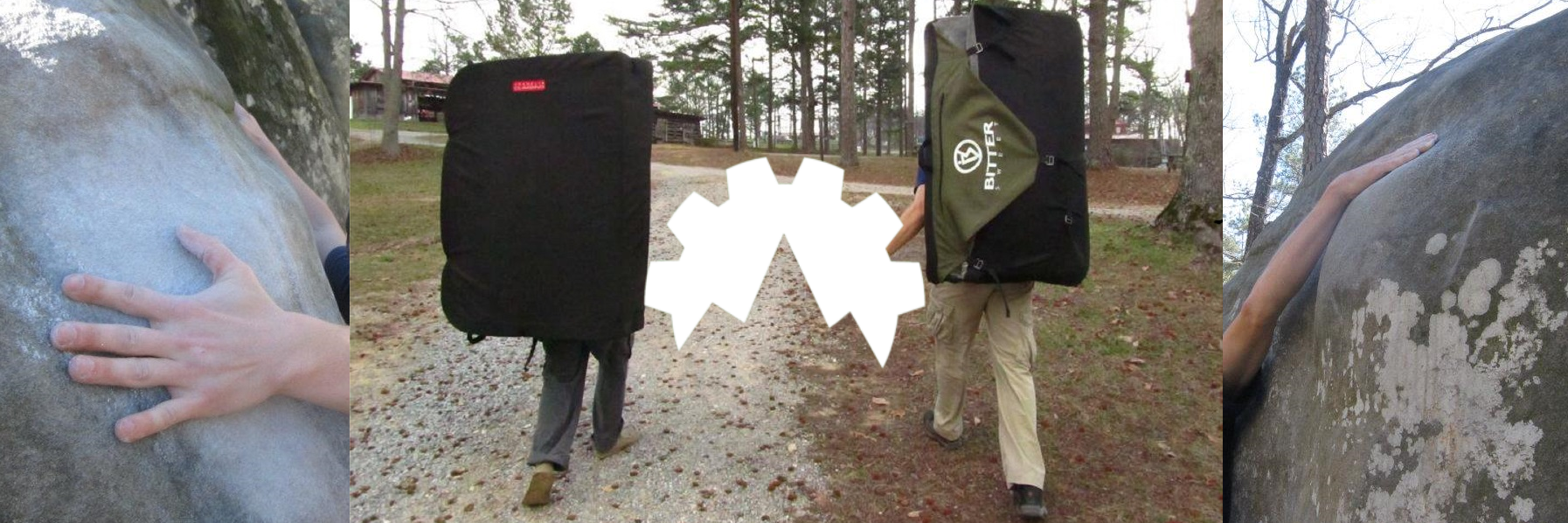For the last six months we have been been posting assessments for you to take along with some tips for each of the questions for how to improve your score. Seeing a number is fine, but many people prefer a visualization so that they can see where both their deficiencies and strong points are located. This visual representation helps to set goals and work on areas that need improvement while working to maintain strengths. Remember the following score categories:
Each range has been assigned a color on the graph to better illustrate the range. The color coding is as follows; Needs Work (Red), Fair (Orange), Average (Yellow), Above Average (Green), Excellent! (Blue). Below is an example graph of a predominant boulderer that is working a highball project and he keeps running out of steam near the top.
As you can see, the above climber would be able to rank themselves as an above average climber. We can also see that some characteristics could use some work and that would increase their average. The usual danger is that climbers trying to train for increased ability tend to not be honest with themselves and what they need to work on. Instead, many do what is fun, comes naturally, or what they think will improve their ability. This visualization can help to set accurate goals, for instance, like improving this climber’s Cardio Characteristic. The above climber has an “Excellent!” Core and Campus score so chances are doing more sit-ups and pull-ups will most likely not help to get him up their next project. Chances are, improving Cardio to better supply the body with oxygen and exchange CO2 and lactic acid will stave off the pump and allow them to use the Core and Campus strength they already have more effectively and over the length of their project. Along with that, some mental training to push through the highball barrier could be helpful since he only scored an “Average” in that category. Increasing his Conditioning Characteristic could also help him to be a more balanced climber and help him break through that plateau at the top.
The other important thing to remember is when taking these assessments and charting your scores, you are not comparing yourself to the top climbers of the world. Instead, you are comparing yourself to the best climber that you can be. In the coming months, we will be looking at training levels based on your personal best, and not the industry’s best. There will be some techniques and variations based on your strength level specific to climbing and others that work for individuals across the board of ability because it is based on level of effort. The goal is to bring all of your scores closer to your average and then to get your average up to “Excellent!” Remember, this is not about grades or big sends, those things will all come with time and dedication. The idea behind the program is for constant improvement, whether it is increasing your strength, training for a project, or improving your ability all-around, all in the pursuit to make you a better climber,
The six phases are as follows and will be detailed over the coming months: Preparation/Technique, Endurance, Strength Endurance, Maximum Strength, Power, and Project Retake the assessments and graph your results after completing the following six (6) phases to see see how well you are progressing. The training for each phase, while working on each of the Characteristics separately, will be combined to help reach your goals across the board.
I know Autumn is usually prime sending time, but there is plenty of time for training while still working projects. Plus, as we get closer to winter and most of us retreat inside, training for next season becomes a major priority. Follow the next six months and you will have a dynamite Spring. Guaranteed.
-Tylor Streett, MS, NASM – CPT, PES


